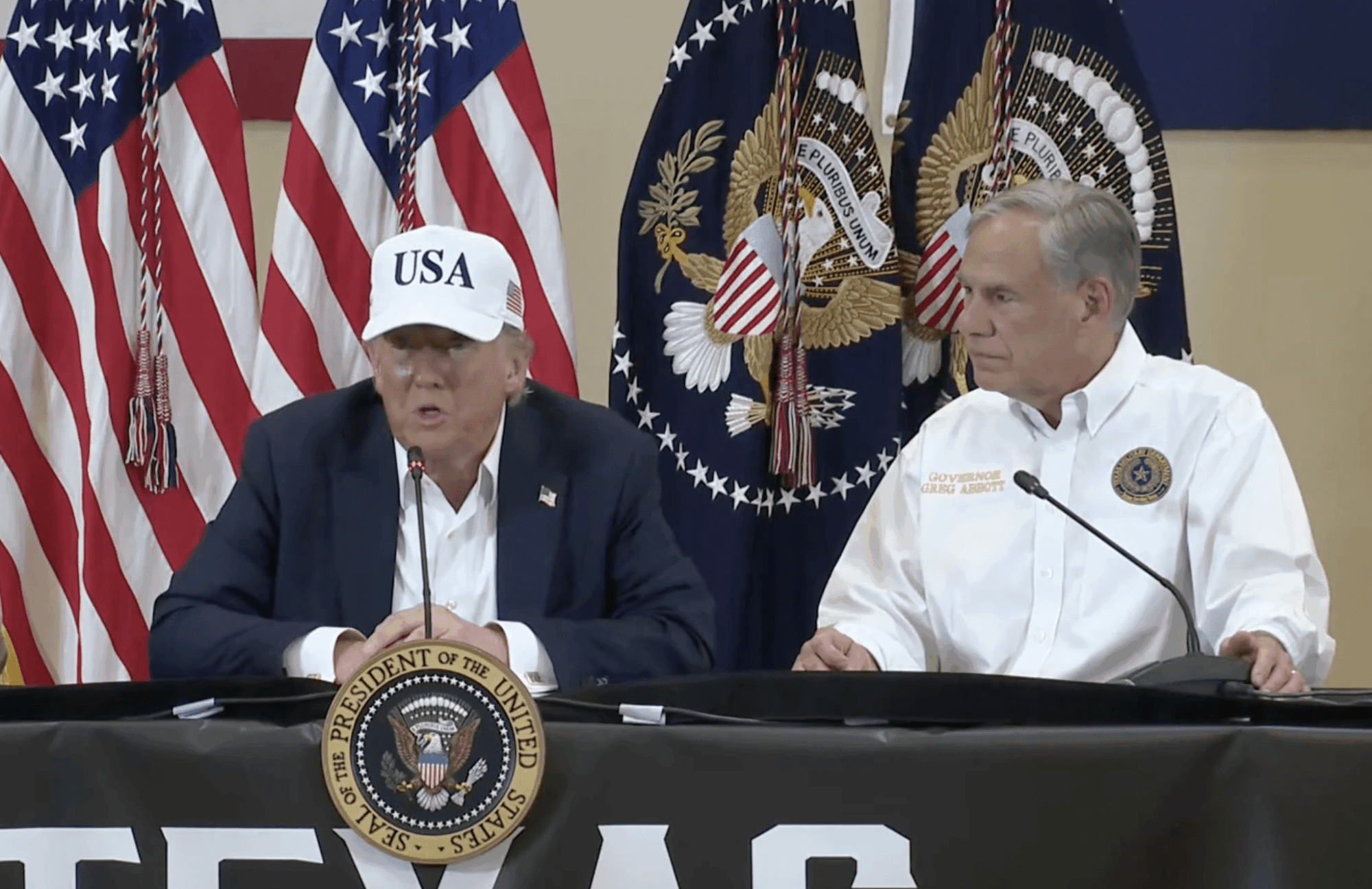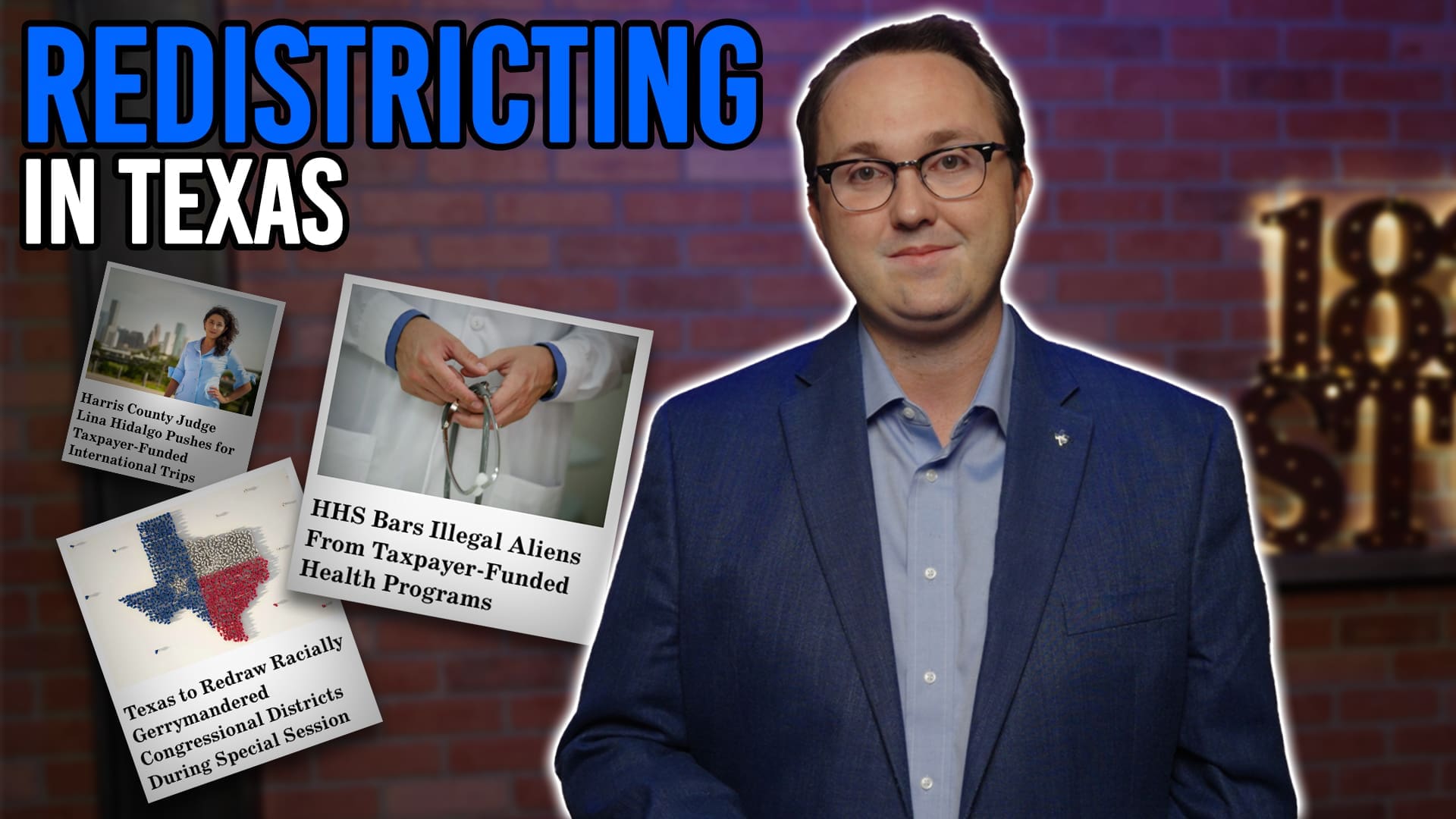University administrators baffle me. Every time they want to raise tuition, they justify it by saying they wish to be more “competitive” as a school. That’s exactly what the Tuition Policy Advisory Committee at the University of Texas stated about their proposed increase today. They tried cushioning the proposal by stating that a portion of the new money would be set aside for financial aid – never mind, of course, that more financial aid would be far less necessary if they could just keep from making their school so “competitive.”
In this case as in most tuition hikes, administrators believe that in order to provide all necessary services to students, higher tuition is a necessary evil. Budgets are tighter but the student population is growing, and they clearly need to find the money somewhere. It is, in times like these, important for prospective students, the current crop, and alums to question where the money is going. At the University of Texas, for instance, perhaps a good, long look at the so-called diversity programs (like the Division of Diversity and Community Engagement) wouldn’t go amiss. It seems timely that Heather MacDonald posted on this issue over at National Review Online today; she didn’t mention UT or Texas, but rest assured that the taxpayer pepper-spraying she describes at UC-Berkeley isn’t unheard of in our own backyard.
It is worth mentioning, too, that this proposed tuition hike – 2.6% in each of the next two years – is coming hard on the heels of the revelation that outstanding student loan debt in the United States is approximately $1 trillion. The higher tuition goes, the higher the debt climbs, and the harder it is for alums to pull out of it. This is not the time to contemplate spending more money, and definitely not the time to increase costs when the supposed goal of the university is to graduate more students in a timely fashion.
Finally, the more expensive a school is, the less “competitive” it actually becomes. In creating a situation where many students have to look elsewhere, even out-of-state, for affordable higher education, and those who stay have to get financial aid to even consider attending, you are not increasing the value of your university one iota. You’re making clear that your number one priority is not the student consumer, and it isn’t even the bottom line, because true competition would drive prices down to attract more consumers.
I would not choose to pick on the University of Texas out of hand (our state’s public university system is rife with tuition and fee hikes to rival this), but this managed to blip on my radar today despite the onslaught of candidate filings and redistricting news, and tuition hikes at our public, taxpayer-funded universities is a major fiscal issue that has to be dealt with. Shamefully, our legislature gave up control over tuition hikes at these state agencies and so it is up to the consumers (and taxpayers, of course) to make the case. Students, parents, faculty, and the general public are encouraged to show up and speak out at a forum on the proposed hike, Wednesday, November 30, 2011, from 4pm to 5pm in ACES Bldg. 3.302 (Avaya Auditorium). Best question to ask – where is all the money going, President Powers?



